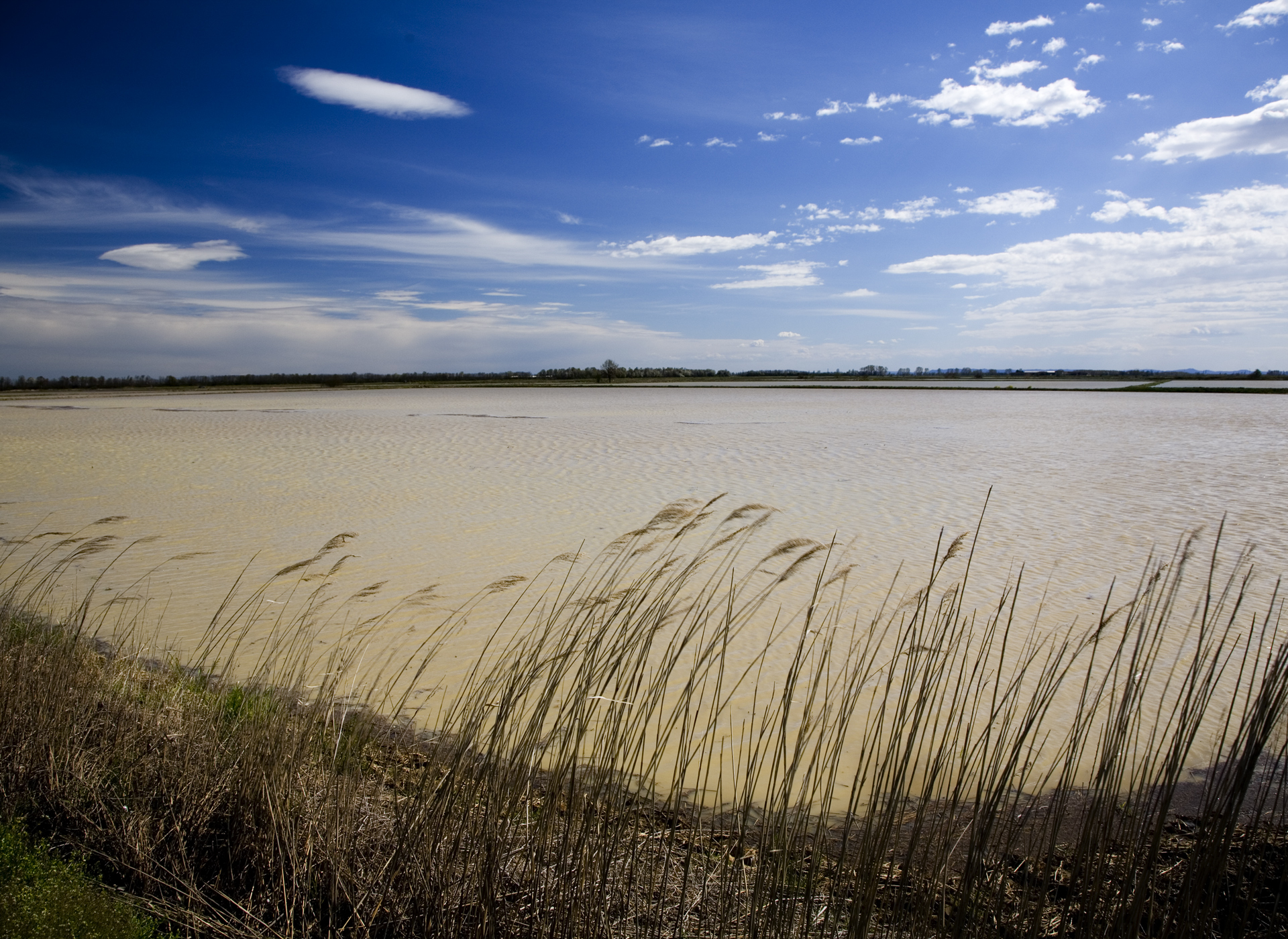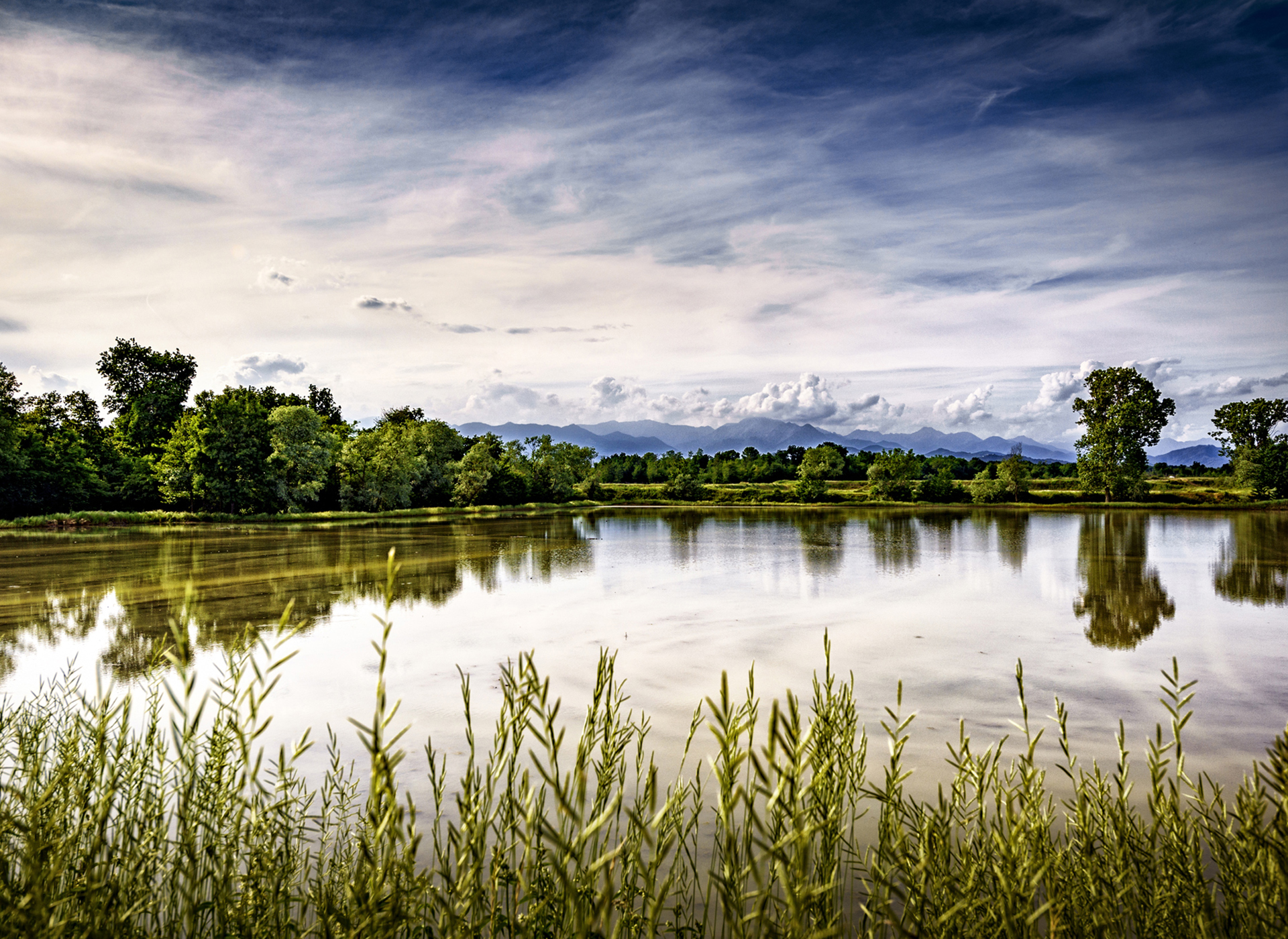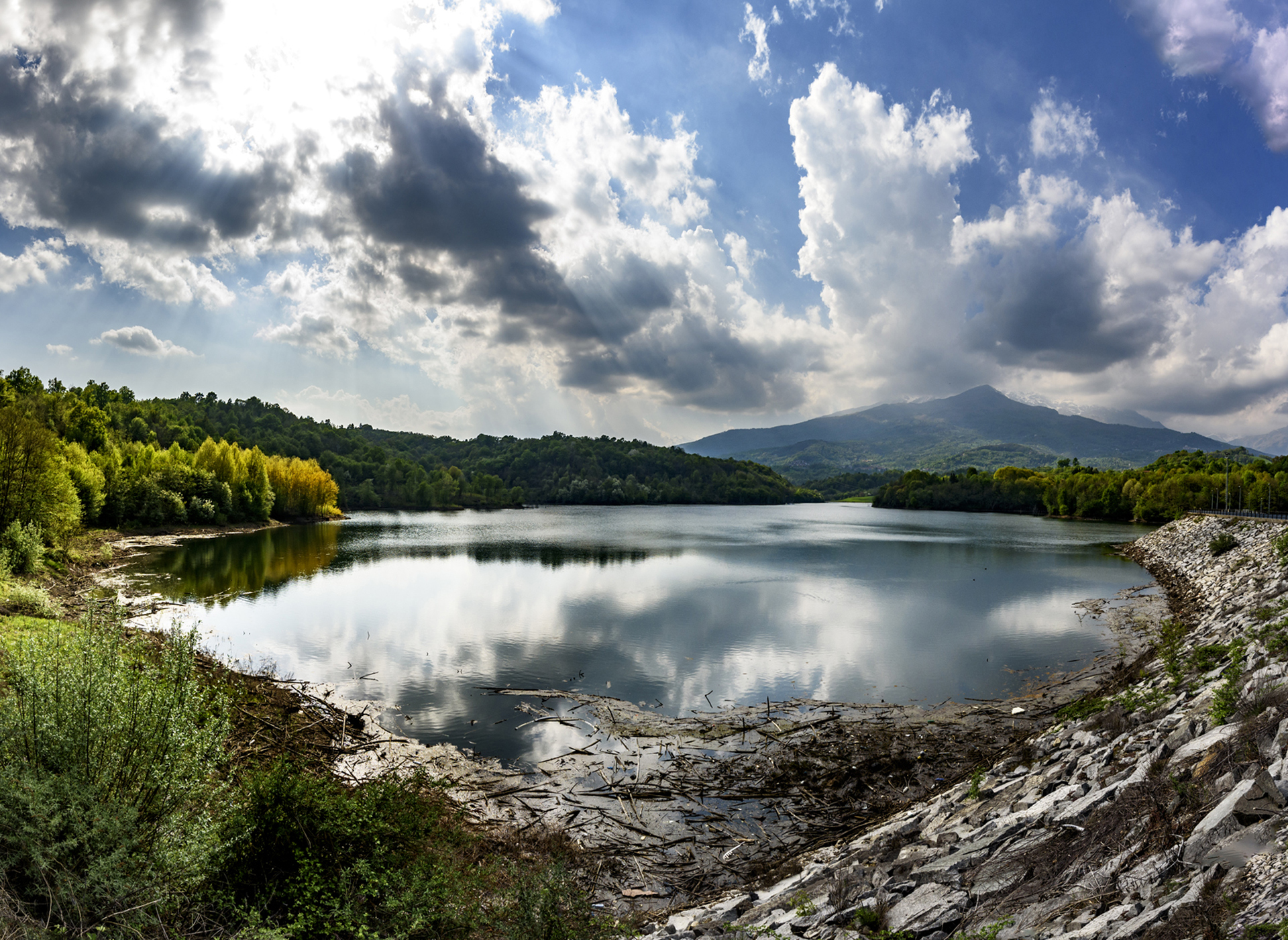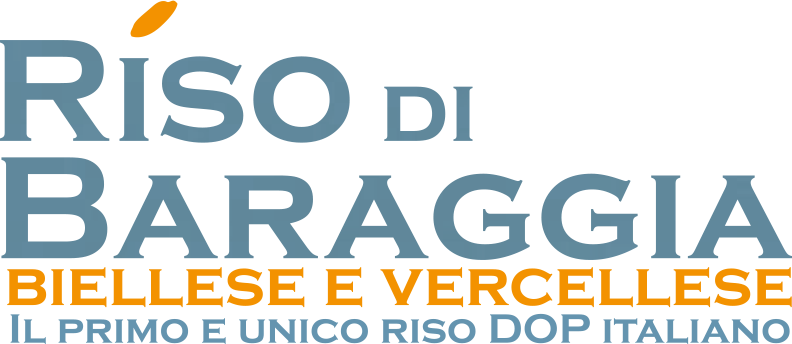THE CONSORTIUM
HISTORY
The cultivation of rice in the Baraggia area began as early as 1500: in 1606, in Salussola, the Notary Carlo di Catulo highlighted the importance of local «risere», while in 1609 Giulio Avogadro of the Lords of Vigliano and Valdengo presented the Duke of Savoy with a request to cultivate rice in the municipality of Balocco. In 1730, a ducal decree prohibited further extension of rice fields in the Lower Biella area, as this would have caused a reduction of pasture fields, which the area was known for due to its natural conformation. Ever since ancient times, the term “Baraggia” was used to indicate those lands located between the provinces of Biella and Vercelli that, due to specific geological structural features, were separated from the moorland. The term was used to indicate scarcely fertile lands, featuring more or less sparse specimens of oaks, birches, hornbeams and a heather undergrowth.
The area is characterised by its morphological position, in the form of plateaus almost completely lacking in superficial hydric circulation, and by the presence of highly unfertile fine and compact clay soils. These particular characteristics, which made the conversion of the area to agricultural fields very difficult, led the National Economy Ministry to issue a decree on July 16th 1922, declaring the Baraggia area a “reclamation territory” in need of an economic and social transformation in the name of public interest. On December 9th 1950, decree n. 3862 signed by the President of the Republic Luigi Einaudi gave birth to the Biella and Vercelli Baraggia Reclamation Consortium, a public economic body in charge of operating reclamation and land improvement initiatives in this depressed area.
In addition to the settlement and levelling of lands for agricultural use, the Consortium completed many infrastructural works, from the construction of roads to the electrification of rural centres. Starting in the 1960s, it worked ceaselessly for the realization of three major public works, i.e. the water reservoirs built on the torrents Ostola in Masserano, Ravasanella in Roasio and Ingagna in Mongrando. These three large artificial lakes supply local agriculture with the means for irrigation, ensuring that enough water is available for the Baraggia area consortium members to produce the PDO rice even during the summer and dry periods.
The morphological characteristics of the soil, along with the particular and sophisticated irrigation system and the collection of water from the Alps and Prealps, were the added value that contributed to attract the interest of the European Community for the Baraggia and the rice produced in this area, located in the most northern latitude in which rice cultivation is still possible. Official recognition arrived with EC regulation n. 982/2007, in which the Commission of the European Community approved the Protected Designation of Origin for the Biella and Vercelli Baraggia Rice. The Protection Consortium of the PDO “Biella and Vercelli Baraggia Rice” was recognised that same year, via a specific Mipaaf decree, with the function of protecting, promoting and valorising the first and only Italian PDO rice.




